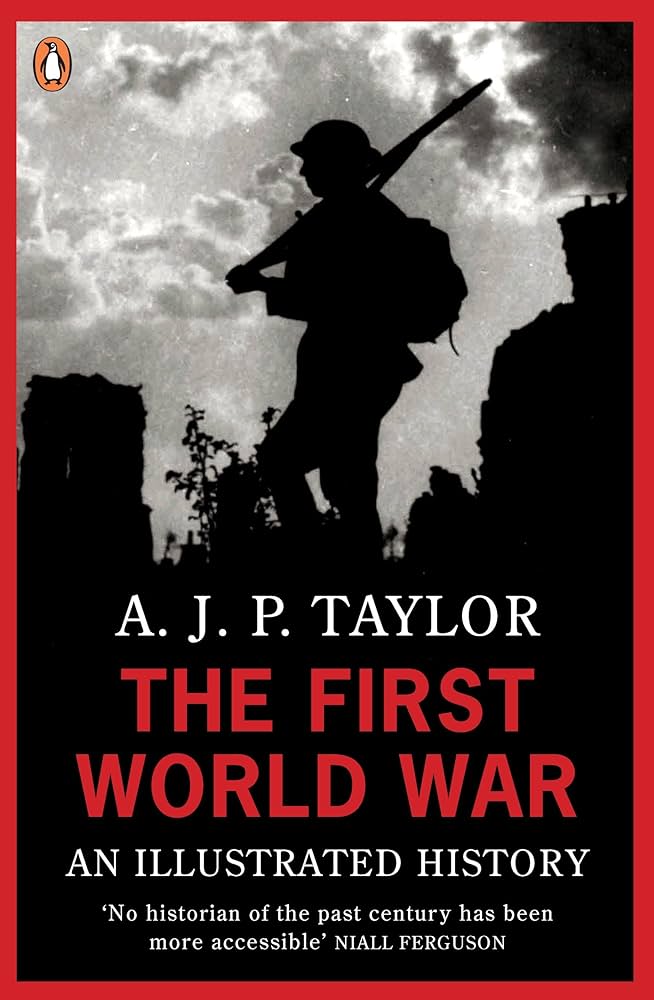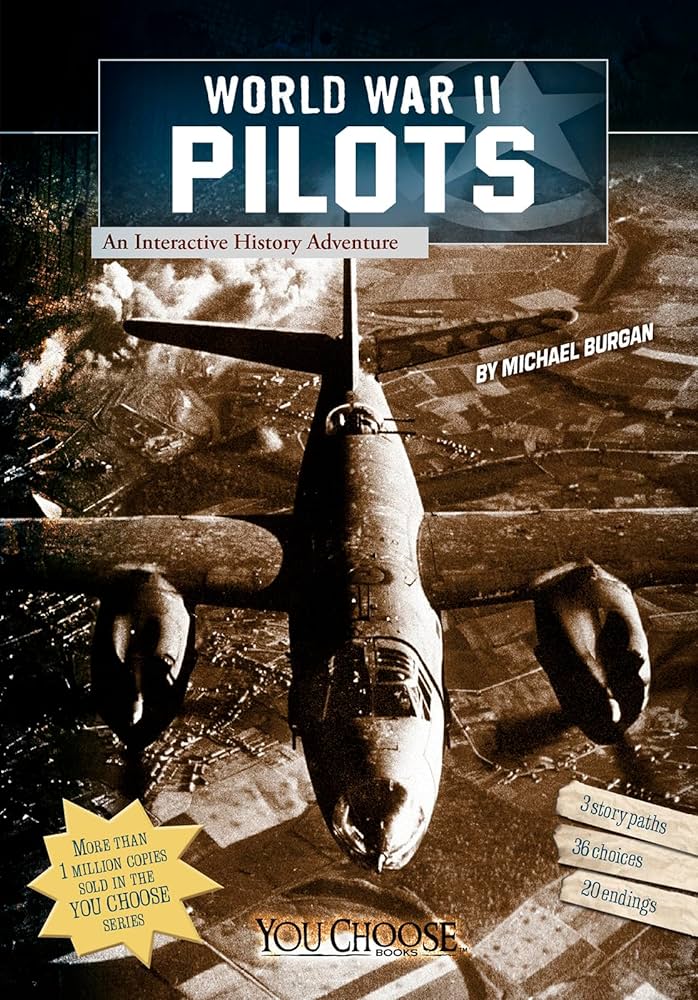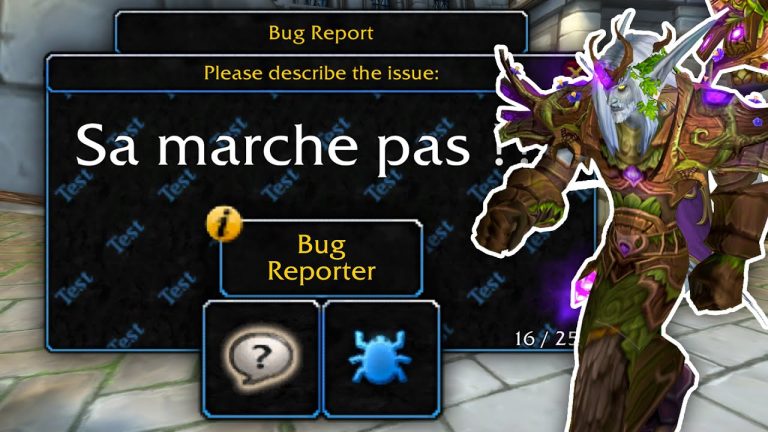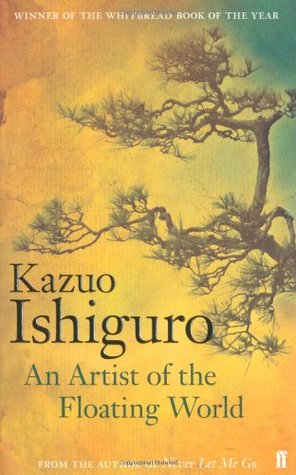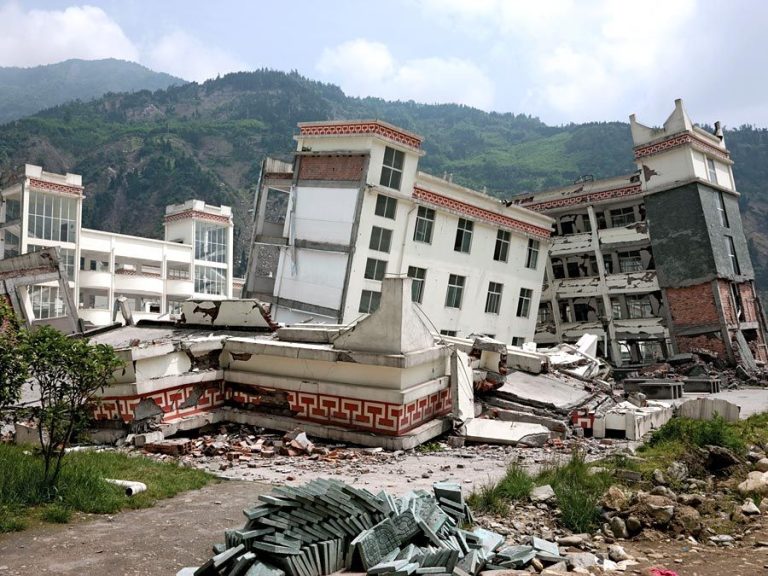An Illustrated History Of The First World War
An Illustrated History of the First World War is a comprehensive overview of the first global conflict. This book provides an engaging and detailed analysis of the war, its causes, and its aftermath. It features a wealth of illustrations and photographs, including maps, diagrams, and paintings, to help readers understand the military and social aspects of the war. Through the use of vivid images and captivating narrative, this book is a valuable resource for anyone interested in learning more about the Great War.
Causes of the First World War
The First World War, also known as the Great War, was a global conflict that lasted from 1914 to 1918 and resulted in the death of millions of people. The war was the result of a complex set of factors, both long-term and short-term, and was ultimately the result of a series of political and diplomatic miscalculations by the European powers. In this article, we will explore the causes of the First World War, from the immediate triggers to the underlying factors that made the conflict inevitable.
The most commonly cited cause of the war was the assassination of the Austrian Archduke Franz Ferdinand in Sarajevo on June 28, 1914. This event set off a chain of events between the European powers that led to the mobilization of millions of soldiers and the outbreak of war. However, while the assassination certainly provided the spark, it was the underlying tensions that had been building for decades that ultimately caused the war to erupt.
The most significant of these tensions was the competition between the various European powers for control of the continent. The French and British rivalry in Africa, the German desire for a place on the world stage, and the Russian fear of being encircled by powerful enemies all contributed to the escalation of tensions. Additionally, the alliance system that had been established in the preceding years meant that a conflict between two countries could quickly draw in their allies, leading to a much larger war.
Ultimately, the outbreak of the First World War was the result of the complex interplay between these short-term and long-term causes. While the assassination of the Archduke provided the spark, it was the underlying political tensions that made the conflict unavoidable.
Major Battles and Events of the First World War
The First World War was one of the most devastating conflicts in history, with an estimated 16 million people killed and the redrawing of many of the world’s political maps. It was a conflict that changed the course of history and the way wars were fought forever. Among the many major battles and events that occurred during the war, some of the most significant were the Battle of Verdun, the Battle of the Somme, the naval Battle of Jutland, and the entry of the United States into the war.
The Battle of Verdun, which began in February 1916, was one of the longest and bloodiest battles of the war. Fought between German and French forces, the battle lasted 10 months and resulted in more than 700,000 casualties. The Battle of the Somme, fought between British and German forces, was also one of the most devastating battles of the war. It lasted from July to November 1916 and resulted in over one million casualties.
The naval Battle of Jutland, fought between British and German forces in May and June of 1916, was the largest naval battle of the war. Though neither side was able to achieve victory, the British suffered greater losses. Finally, the entry of the United States into the war was a major turning point. After the German sinking of the passenger liner the Lusitania, the US declared war on Germany in April 1917. This allowed the Allies to gain a decisive advantage in the war and ultimately led to their victory.
The First World War was one of the most significant events of the 20th century and its legacy continues to shape the world today. Its major battles and events left an indelible mark in history and helped to shape the way wars are fought.
The Treaty of Versailles and Its Impact
The First World War was a devastating conflict that lasted from 1914 to 1918. After four years of fighting and the loss of millions of lives, the war was ended with the signing of the Treaty of Versailles. This treaty was the result of months of negotiations between the Allies and the Central Powers, and it brought about a number of changes in the political and social landscape of Europe.
The Treaty of Versailles imposed a number of harsh conditions on Germany, including massive reparation payments and the forfeiture of much of its territory. It also created the League of Nations, which was an international organization tasked with preventing future wars. This organization would eventually be replaced by the United Nations.
The Treaty of Versailles had a profound impact on the world, particularly in Germany. It caused a great deal of economic hardship, and it led to the rise of fascism and the eventual rise of Adolf Hitler. The treaty also led to a great deal of resentment among the German people, which was a major contributing factor to the outbreak of World War II in 1939.
The Treaty of Versailles is one of the most important events in the history of the world. It brought about a number of changes that still affect the world today. Understanding the treaty and its impact is essential to gaining a better understanding of the history of the First World War and its consequences.

The Role of Technology in the First World War
The First World War was the first major conflict to see the widespread use of military technologies. From machine guns and tanks to chemical weapons and airplanes, the war was defined by the introduction of new technologies that changed the way wars were fought. During the First World War, technological advances were made that would shape the way warfare is conducted today.
The introduction of tanks, chemical weapons, and aerial bombing changed the face of warfare forever. Tanks provided a mobile platform for attacking and defending positions. Chemical weapons, such as mustard gas, were used to devastating effect. And aerial bombing allowed for the destruction of targets from the sky.
The use of machine guns and artillery also changed the nature of warfare. The machine guns, in particular, allowed for rapid, sustained fire and the ability to mow down large numbers of enemy troops. Artillery made it possible to fire shells over long distances and pulverize targets with precision.
Technology was also used to help coordinate military operations. Telegraphs and radios allowed for the rapid transmission of orders and intelligence from the front, while telephone lines were used to keep soldiers in contact with their commanders.
The First World War saw the introduction of new technologies that would change the way wars were fought. The introduction of tanks, chemical weapons, and aerial bombing altered the battlefield and ushered in a new era of warfare. Machine guns and artillery increased the lethality of the battlefield, while advances in communications technology revolutionized the way military operations were conducted.
Legacy of the First World War
The First World War was a monumental event in world history, fundamentally altering the social, political, and economic landscape of the 20th century. The war left a significant legacy, with its far-reaching implications still being felt today.
The end of the war saw the dissolution of the powerful empires of Germany, Austria-Hungary, Russia, and the Ottoman Empire. This led to the creation of new nations in Europe, the Middle East, and Africa – many of whom continue to grapple with the issues of identity, territory, and sovereignty that arose during this time.
The war also had a profound impact on technological development. Many of the weapons and tactics used during the conflict would set the stage for the development of modern warfare. Moreover, many of the innovative technologies developed during the war, such as aircraft, tanks, and submarines have remained in use ever since.
In terms of culture, the First World War saw the emergence of new art forms, with the war providing a backdrop for the birth of modernism. The horrors of the war also gave rise to a new form of literature, with writers such as Wilfred Owen, Siegfried Sassoon, and Robert Graves writing about their experiences in the trenches.
Overall, the legacy of the First World War remains an integral part of our history and continues to shape our world today. It is a reminder of the power of human conflict and its devastating consequences, and a reminder of the importance of working together to prevent future wars.
Art, Literature, and Popular Culture of the First World War
The First World War had a profound impact on art, literature, and popular culture. Many of the works created during this period were a direct response to the horrors of war. Writers, poets, and artists used their craft to capture the emotions and experiences of the war, and their work continues to be studied and appreciated today.
In addition to the traditional forms of art, literature, and music, new forms of expression began to emerge during this period. Avant-garde movements such as Dadaism and Surrealism sought to challenge conventional forms of expression and explore the psychological impact of the war. Many of the works produced by these movements have become iconic symbols of the period.
Other popular cultural artifacts from the period include propaganda posters, postcards, photographs, and motion pictures. These artifacts provide a unique insight into the popular consciousness of the period and give us a deeper understanding of how the war affected people’s lives.
Today, the legacy of the First World War continues to live on in many forms. Museums around the world feature exhibitions about the war, and books and films about the conflict continue to be produced. We can only hope that by studying the art, literature, and popular culture of the First World War, we can learn more about the human cost of conflict and strive for a more peaceful future.
FAQs About the An Illustrated History Of The First World War
Q: What type of book is “An Illustrated History Of The First World War”?
A: “An Illustrated History Of The First World War” is a non-fiction book that chronicles the events of the First World War in detail, using text, photos, and illustrations to provide an in-depth look at the war.
Q: Does “An Illustrated History Of The First World War” cover all aspects of the war?
A: Yes, the book covers all aspects of the First World War, including the key battles, the politics, and the social impacts of the war.
Q: Does “An Illustrated History Of The First World War” provide a comprehensive overview of the war?
A: Yes, the book provides a comprehensive overview of the First World War, from its causes and effects, to the key battles and military strategies used.
Conclusion
The First World War was one of the most devastating and costly wars in human history, with an estimated 16 million people killed and more than 20 million wounded. An Illustrated History of the First World War provides readers with an engaging visual timeline of the events that triggered and shaped the war, as well as the major battles and personalities that emerged from the conflict. It is an essential resource for both history buffs and students of the war, and a reminder of the devastating consequences of war.
